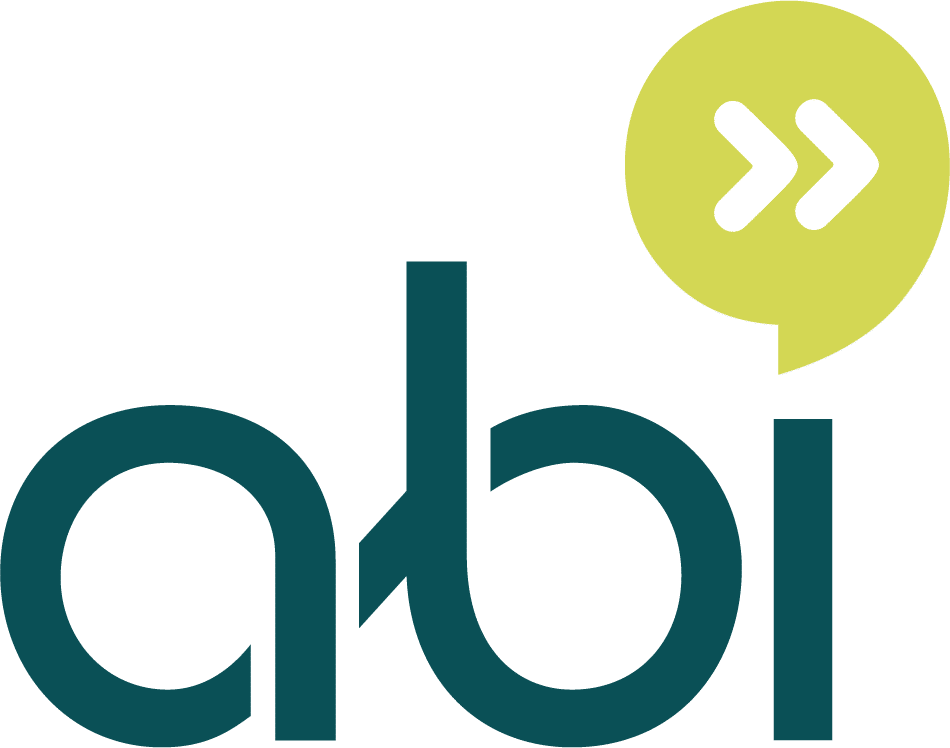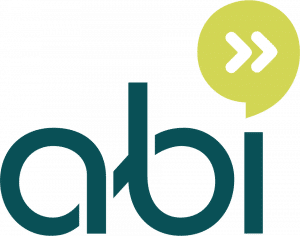Did you know that taxpayers whose only income is taxed under PAYE, and who earn between £100,000 and £150,000, will be removed from self-assessment from tax year 2023/24 onwards, which could result in those affected paying more tax?
HMRC reported in May’s Agent Update that the self-assessment threshold for taxpayers taxed through PAYE will be rising from £100,000 to £150,000 from tax year 2023/24.
The self assessment threshold for PAYE taxpayers for 2022 to 2023 remains unchanged at £100,000. Taxpayers will receive the usual notice to file a tax return.
However, HMRC have said that once these taxpayers submit their 2022 to 2023 tax return, they will be assessed against the new £150,000 criteria. If their 2022/23 tax return shows income between £100,000 and £150,000 that is taxed through PAYE, and they have no other substantive sources of income, they will receive a SA251 exit letter.
These taxpayers however will still need to submit a tax return for 2023/24 if they’re in receipt of any untaxed income, are a partner in a business partnership, need to pay the High Income Child Benefit Charge (HICBC) or if they’re self-employed with a gross income over £1,000.
An HMRC spokesperson announced that this change will reduce the administrative burden for customers. This will reduce costs and make the self assessment process more efficient. It does not reduce or change the tax liability of those affected as income tax will continue to be collected through the PAYE system. The tax department also added that any taxpayers will still need to file an SA tax return if they have other untaxed income that cannot be coded out and taxed via PAYE.
This leads us to ask HMRC a question Will tax payers over pay tax?

